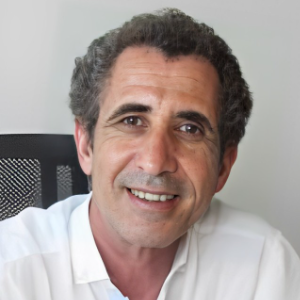Title : Liquid-liquid phase separation in hetero protein systems: Specificity and recent advances
Abstract:
Liquid-liquid phase separation (LLPS) is a captivating phenomenon in which a uniform component mixture spontaneously divides into two liquid phases, a component-rich phase (complex coacervates) in equilibrium with a component poor phase. It is prevalent in soft matter and highly relevant to design innovative objects and materials for food, cosmetic and pharmaceutical applications. LLPS is observed in mixtures involving a diversity of bio-polymers and is driven by environmental factors and component properties. It is a dynamic assembly process that leads, in solution or in vivo, to the formation of micrometric droplets, which are referred as biomolecular condensates, membrane less organelles, liquid droplets or complex coacervates, depending on the scientific community [1,2]. In this presentation, I will focus on LLPS that occurs in binary cationic and anionic protein mixtures (heteroprotein systems, HPCC). My talk will summarize the specificality and genericity of heteroprotein complex coacervation based on our extensive multiscale (molecular to macroscopic) studies on lactoferrin/lactoglobulin and lactalbumin/lysosyme protein complex coacervates. I will briefly review aspects that are of particular interest in HPCC: formation dynamics involving primary building blocks; main driving forces; physical and chemical properties; functions and applications. Throughout studied binary protein systems, the route to complex coacervation involves the formation of intermediate hetero-oligomers specific for each binary system. Dimers, tetramers, or pentamers were identified. While the mechanism behind the association of these primary units into building blocks and nanocomplexes and their growth to form complex coacervates remain elusive, I will present and discuss the main relevant structural and physicochemical parameters for HPCC. Finally, the challenges and future research directions in particular how HPCC can be explored in the food sector for the encapsulation and protection of bioactives or to modify the viscosity of the food matrices will be discussed.



